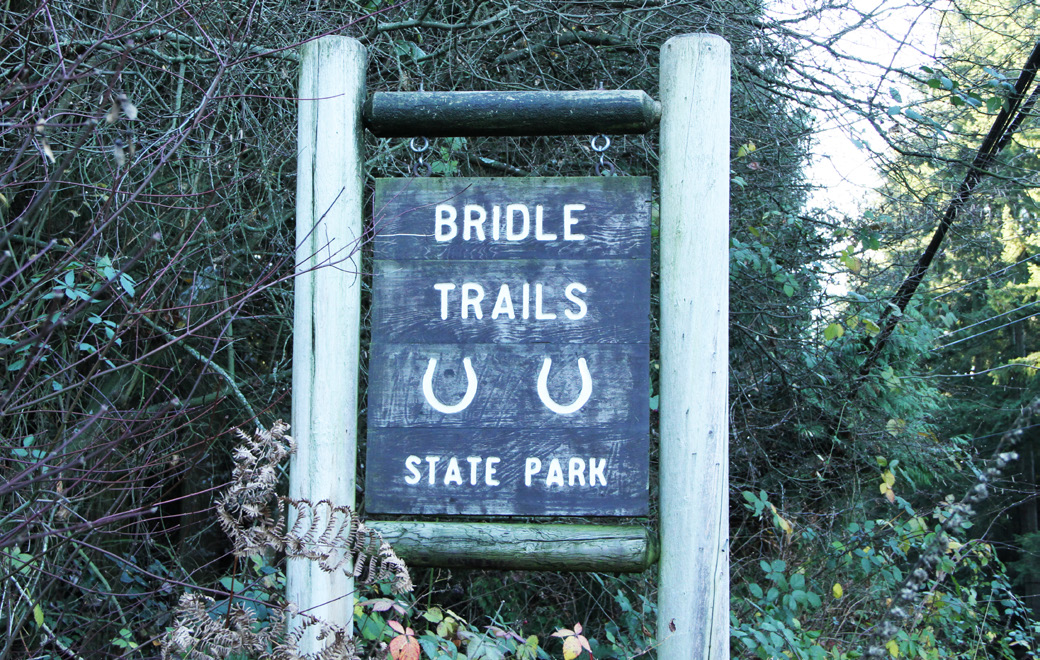6. PARKS AND OPEN SPACE
Figure BT-1, Land Use Map, shows the location of existing parks and open spaces in the Bridle Trails Neighborhood. The Citywide Parks and Open Space Plan describes the future plans for parks throughout the City. Prior to development of each park, a master plan process is conducted to allow for community input. The objectives of the following policies include promoting enhanced utilization of existing park and open space facilities, and improving facilities within existing open space resources.
Policy BT 12:
Pursue acquisition of land for parks especially in the southern portion of the neighborhood and enhance existing parks and open space with a wide range of amenities for a diverse population (including kids, families, and the elderly) consistent with the Parks and Open Space Plan (PROS).
Policy BT 13:
Support Bridle Trails State Park as a local and regional open space, park and equestrian facility. Maintain and enhance public access easements to ensure connections to the Park. Provide directional signs to the Park and use park iconography to establish a sense of place in the Bridle Trails neighborhood.
Policy BT 14:
In the future, the City should consider a joint agreement if the State seeks to share management of the Bridle Trails State Park.
Bridle Trails State Park
Policy BT 15:
Introduce new uses to Snyder’s Corner Park to make it more useful to the neighborhood and encourage environmental functions as interim uses in advance of a park master plan process. New uses could include a community garden, gazebo (or other community amenity), orchard, wetland feature, and dog park.
Policy BT 16:
Promote the use of Ben Franklin Elementary School and playfield as an open space, recreational facility and community amenity that is shared with the neighborhood.
The City of Kirkland has contributed towards recreational and interpretive trail improvements at Ben Franklin Elementary School and has a joint-use agreement with the School District to allow use of the amenities for community use during non-school hours, including evenings, weekends, and summer months. Neighborhood use of the school site should be continued to help meet the recreation needs of the neighborhood.
Policy BT 17:
Impacts from the King County Transfer Station and sports fields should be minimized.
Most of the approximately 25 acres encompassing the King County Transfer Station were once used as a landfill. The sports fields located to the north of the transfer station are self-contained with separate access roads and on-site parking. The traffic for the transfer station and sports fields should be managed to minimize impacts on the surrounding neighborhoods. The northeast area of the site contains a wooded undeveloped area appropriate for passive recreational use, such as a community garden and off-leash dog park.

Taylor Fields


